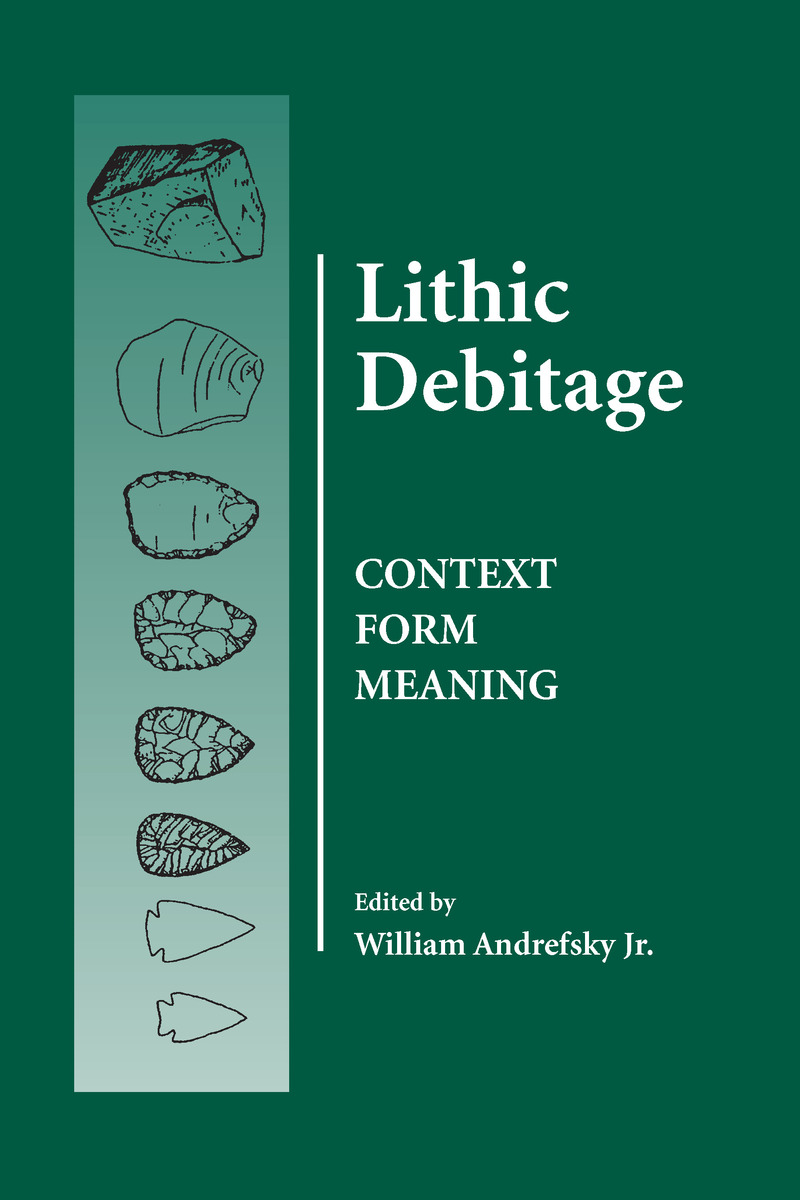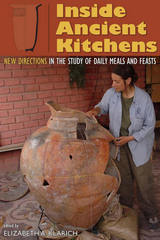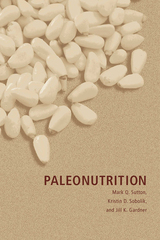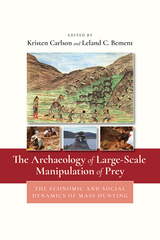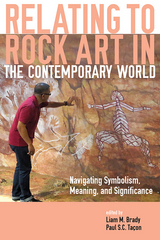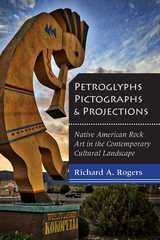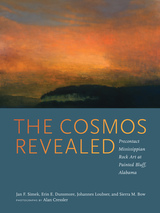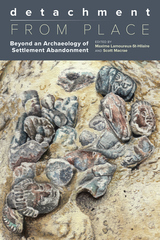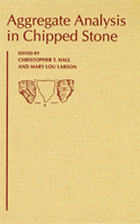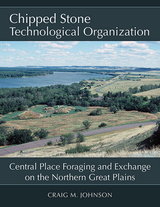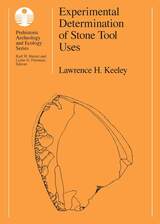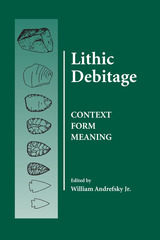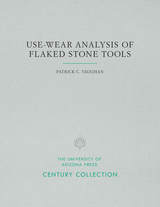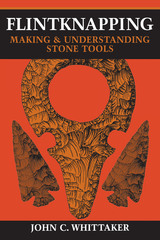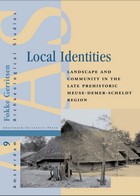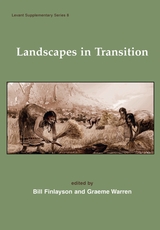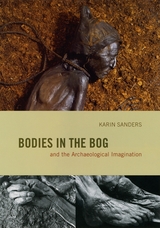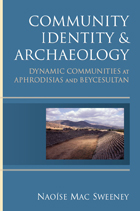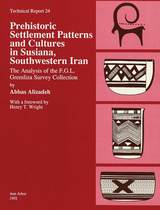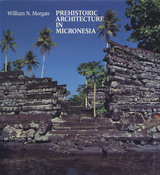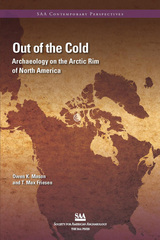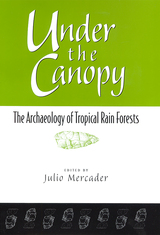Cloth: 978-0-87480-679-3 | Paper: 978-0-87480-768-4
Library of Congress Classification GN799.T6L56 2001
Dewey Decimal Classification 930.1028
Debitage, the by-product flakes and chips from stone tool production, is the most abundant artifact type in prehistoric archaeological sites. For much of the period in which archaeology has employed scientific methodology, debitage has been discarded or ignored as debris. Now archaeologists have begun to recognize its potential to provide information about the kinds of tools produced and the characteristics of the technology being employed. Debitage can even provide clues regarding human organizational systems such as settlement mobility and site functions.
This volume brings together some of the most recent research on debitage analysis and interpretation. It presents stone tool production experiments and offers detailed archaeological investigations for interpreting variability at the individual and collective levels. Although there are a number of volumes that focus on general analysis of lithic artifacts, this is the first volume to address debitage and should be of use to a wide range of archaeological researchers.
See other books on: Andrefsky, William | Debitage | Flintknapping | Stone implements | Tools, Prehistoric
See other titles from University of Utah Press
